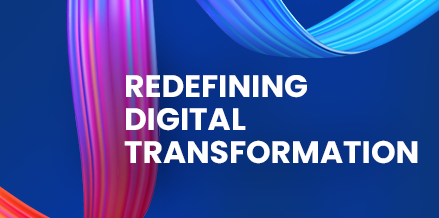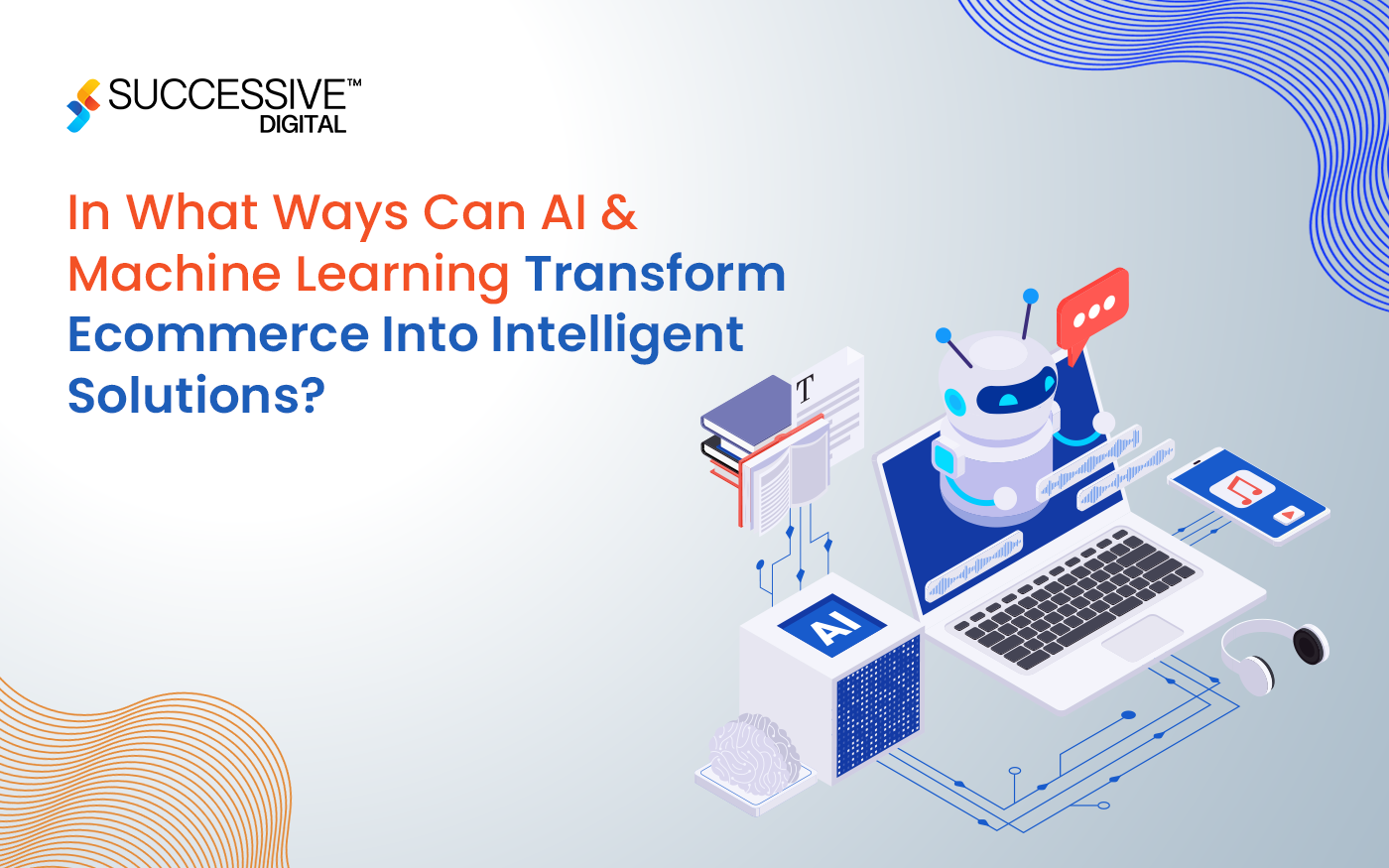Artificial intelligence continues to reshape every industry, yet many leaders still struggle to distinguish between two of its most impactful categories: Agentic AI vs Generative AI. This distinction is becoming critical for organizations building AI at scale as part of their broader digital transformation strategy.
As companies evaluate automation, content creation, AI agents, and autonomous decision systems, understanding how these technologies differ—and where they overlap—directly influences how effectively they can be deployed. Knowing the strategic difference also clarifies when enterprises should focus on agent AI capabilities versus when Generative AI development services bring more value.
Generative AI: The Creative Engine of Modern Business
Generative AI has become a foundational tool for marketing, product teams, engineering, and creative functions, such as converting data trends into new text, images, audio, code, or video. Generative AI solutions are currently being enrolled by many organizations to optimize the speed of ideation, customer interest, and operational efficiency.
Generative AI is a technology that predicts the subsequent word, pixel, token, or line of code. This capability enables it to create content that is human and individual.
Where Generative AI Creates Value
- Marketing content, website copy, ad variations, and social media campaigns
- Customer communications and email drafting
- Knowledge summarization and research acceleration
- Code generation and developer support
- Creative samples for design, audio, and multimedia projects
Generative AI is powerful, yet it is focused on producing content. It does not decide or act in pursuit of a defined goal.
Also Read: Generative AI Consulting: What Enterprises Need to Know in 2025
Agentic AI: Building Agentic AI Applications with a Problem-first Approach
If Generative AI focuses on creation, Agentic AI focuses on execution. AI agents are designed to perceive situations, plan steps, make decisions, and perform tasks that move toward specific outcomes. This difference between Agentic AI vs Generative AI defines how enterprises should position AI within their systems.
AI agents interact with software, retrieve information, and navigate workflows. They adapt in real time to changing conditions, bringing intelligence into action.
What Gives Agentic AI Its Power
Effective AI agents consist of three core parts.
- A planning system that breaks a goal into logical steps
- A memory system that incorporates learning from past actions
- A tool usage capability that allows interaction with databases, CRMs, APIs, email clients, and enterprise systems
This structure enables Agentic AI to perform multi-step tasks without constant human involvement.
Common Use Cases
- Autonomous customer issue resolution
- Lead qualification and automated sales outreach
- Workflow orchestration across ERP, CRM, HRIS, and supply chain tools
- Inventory monitoring and automated reordering
- Task scheduling and calendar coordination
Organizations that prioritize building Agentic AI applications with a problem-first approach often achieve stronger ROI because the solution is tied directly to a real business challenge.
These examples highlight how AI agents automate multi-step operations that traditional systems cannot support. By grounding their roadmap in real business challenges, enterprises building agent AI systems consistently achieve higher efficiency and ROI.
How Agentic AI Differs from Generative AI in Practice
Choosing the right AI approach affects budget allocation, system architecture, timeliness of deployment, and long-term value creation.
Generative AI
- Produces new content
- Predictive rather than goal driven
- Static output once delivered
- Single-step tasks
- Requires human guidance
Agentic AI
- Executes decisions and performs tasks
- Goal driven and adaptive
- Dynamic and responsive to changing conditions
- multi-step activities
- Requires limited supervision when configured correctly
When leaders evaluate Agentic AI vs Generative AI, they must consider what type of intelligence their business problem requires. Content creation and ideation rely on generative systems. Operational efficiency and task execution rely on agentic systems. Many workflows benefit from both.
Where the Two Approaches Work Together
Agentic and Generative AI are often most effective when combined. AI agents can use a generative model as one of its tools.
For Instance: A support Agent AI investigates a delayed shipment and checks the tracking system. It identifies where the package is stuck and updates the logistics workflow. It then uses a generative model to write a personalized message for the customer. The agent sends the email and closes the case. In this scenario the agent completes the operational steps and the generative component delivers natural and human-like communication.
Why Leaders Should Care Today
Understanding Agentic AI vs Generative AI helps leaders avoid wasted investments and fragmented AI deployments. CIOs and CTOs must know:
- When content generation alone is enough
- When business outcomes require autonomous actions
- When a combined approach improves workflow speed and accuracy
- How to apply governance for safety and trust
- How to deploy systems that scale without becoming difficult to manage
Many organizations now pair Agentic AI vs Generative AI models inside unified workflows—where AI agents handle execution and Generative AI development services support communication, synthesis, and creative reasoning.
Enterprises that begin building Agentic AI applications with a problem-first approach often move faster from concept to measurable value. Many also extend their capabilities with Generative AI development services that support marketing, product teams, customer operations, and engineering.
The Future: Integrated Intelligence
The next wave of intelligent systems will merge creativity with autonomy. Future AI agents will not only generate ideas but also execute them end-to-end. These hybrid architectures represent the future of enterprise automation and will require a strong AI strategy to deploy safely and at scale.
This evolution will transform sectors such as healthcare, logistics, finance, and manufacturing. Organizations preparing for this future must anchor their efforts within a strong digital transformation strategy that integrates agent AI, generative intelligence, robust governance, and clear success metrics.
Conclusion
Generative AI empowers creation. Agentic AI empowers action. Together they reshape how modern enterprises operate. Understanding Agentic AI vs generative AI is now a core requirement for any organization advancing its digital transformation strategy.
Leaders who adopt a problem-first approach, invest in agent AI execution systems, and extend their capabilities with Generative AI development services will be the ones who define the next era of intelligent transformation. This clarity around Agentic AI vs Generative AI helps enterprises choose the right intelligence model for each workflow.
Ready to explore what agentic and generative intelligence can deliver for your organization? Connect with our experts












